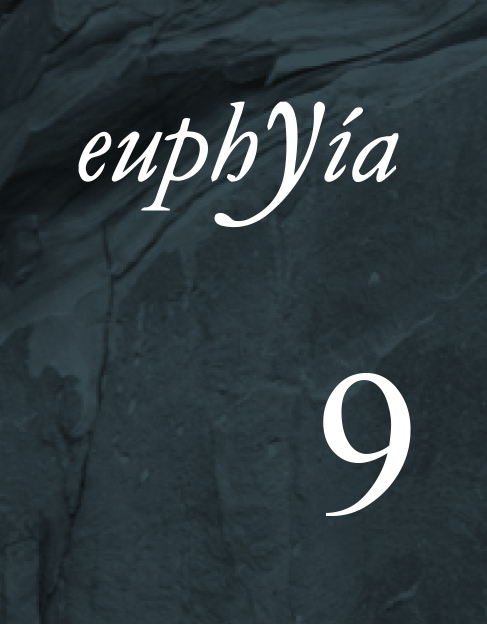El ojo y el espíritu: pintura y metafísica en el último Merleau-Ponty
DOI:
https://doi.org/10.33064/9euph83Keywords:
artistic representation, self-figurative dimension, looking, Merleau-Ponty, Cèzanne.Abstract
In L’oeil et l’esprit Merleau-Ponty applies his phenomenological interpretation to the painting of Paul Cèzanne. We assume that his account has a deeply metaphysical meaning, that is, it can not be object of a simple demonstration. The problem of representation is proposed from the point of view of the interdependence of relations between subject and object, what represents and what is represented. According to Merleau-Ponty’s analysis the object depicted in the picture is not simply the image of what is represented, since any representation also includes a «self-figurative» dimension. The Cartesian concept of res extensa doesn’t apply to Merleau-Ponty’s definition of the body; it is an idea that overturns all previous conceptions of the act of looking, since the body-subject becomes perpetually in relation to the perceptual activity that is both, self-generating world and a source of the world discerning.Downloads
Downloads
Published
How to Cite
Issue
Section
License

Este obra está bajo una licencia de Creative Commons Reconocimiento-NoComercial-SinObraDerivada 4.0 Internacional.












